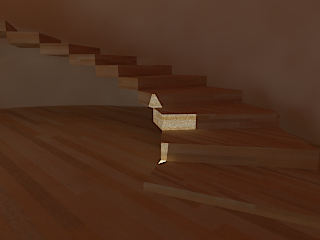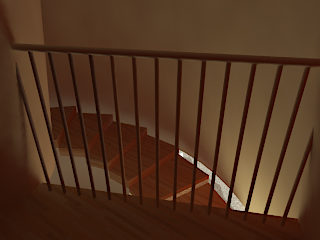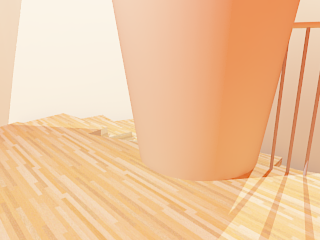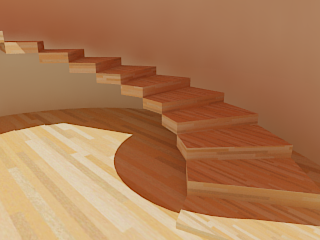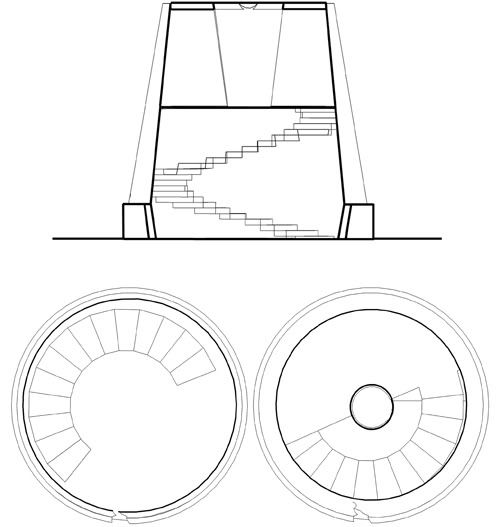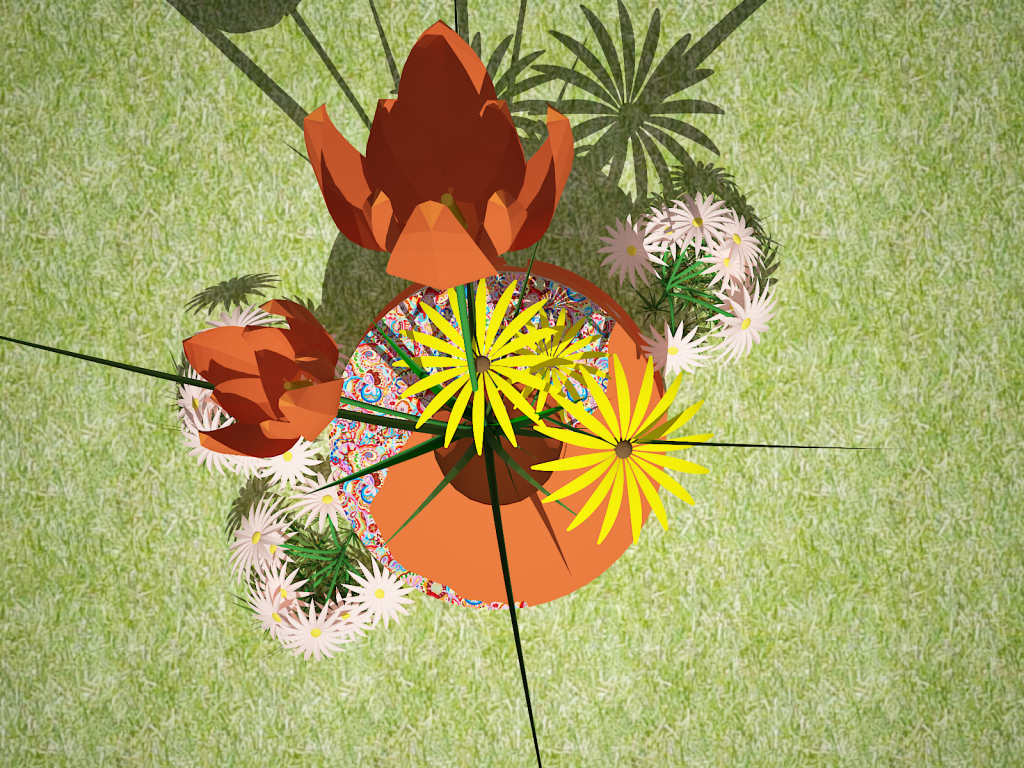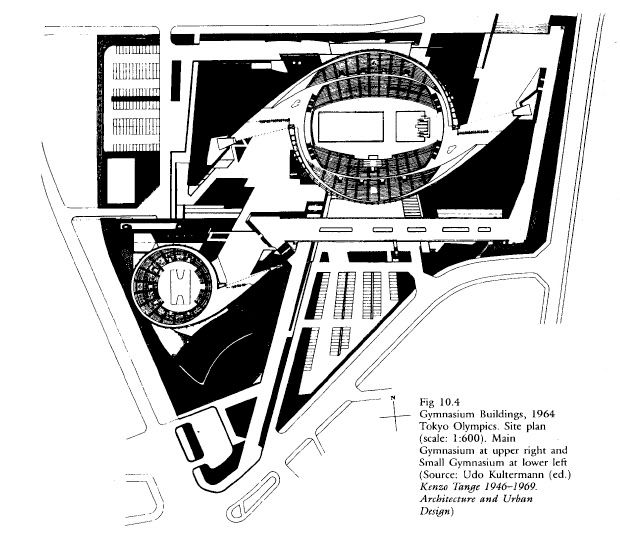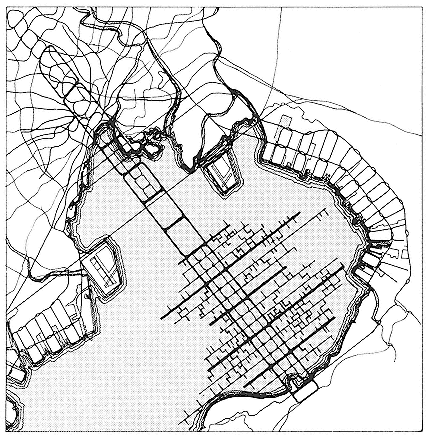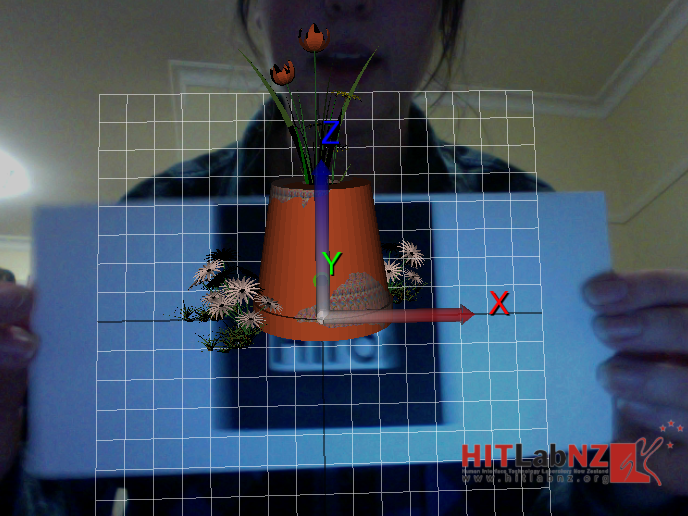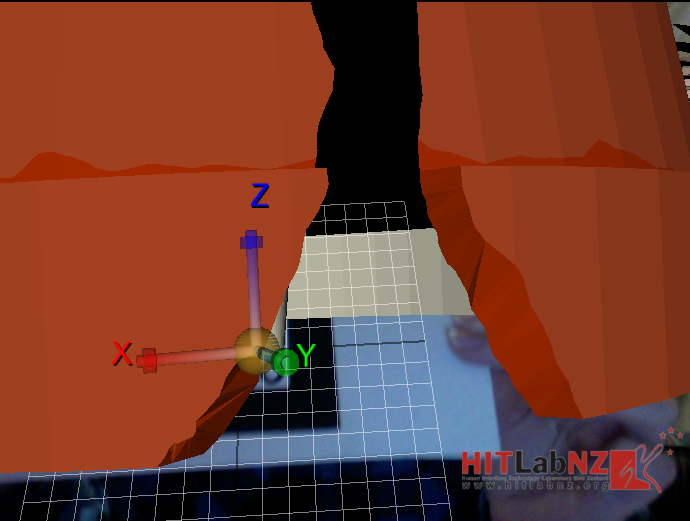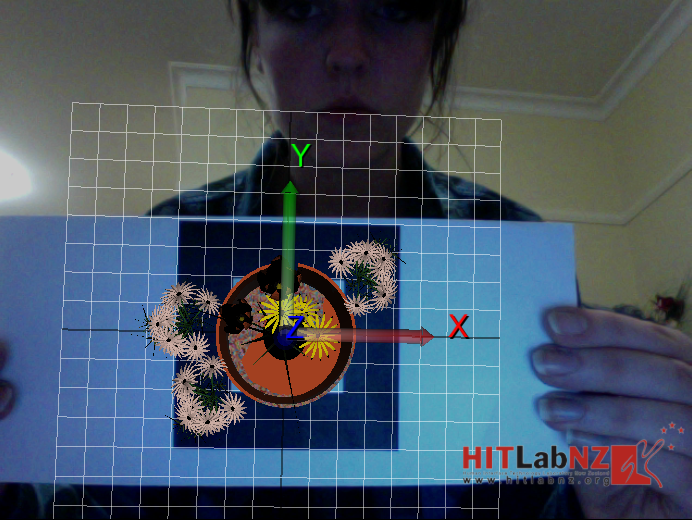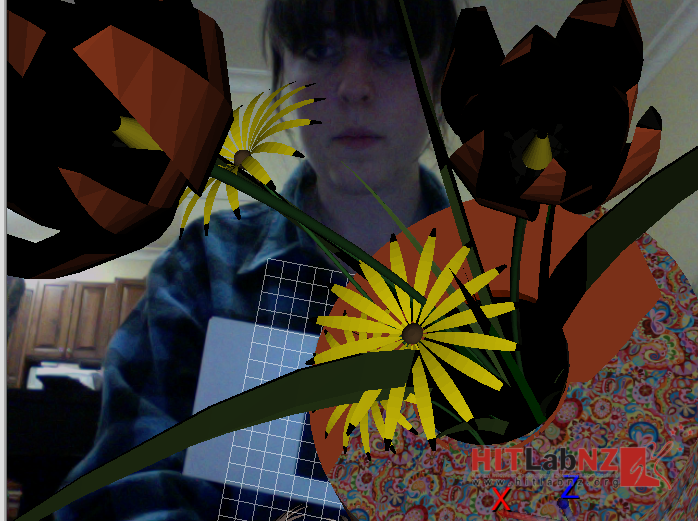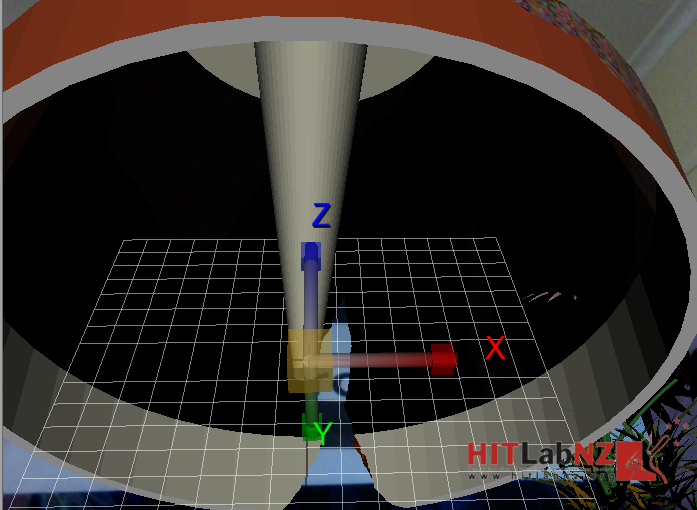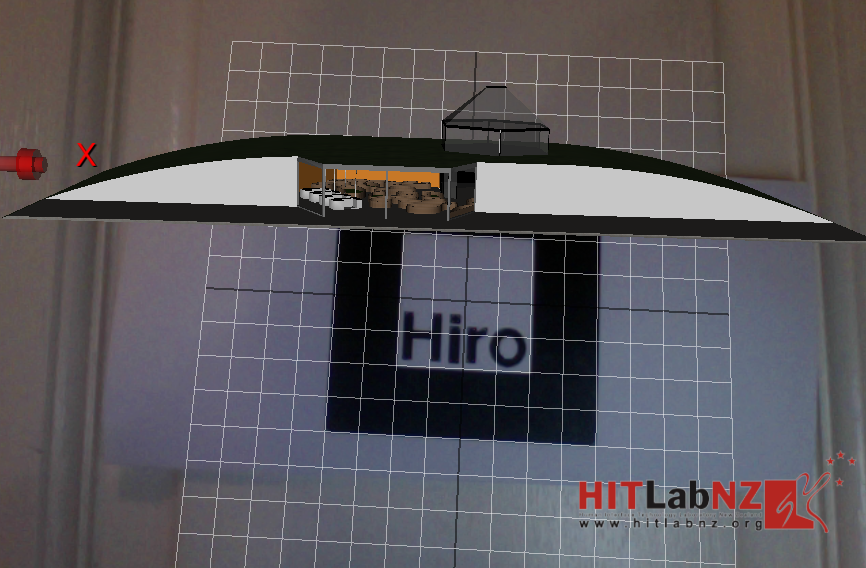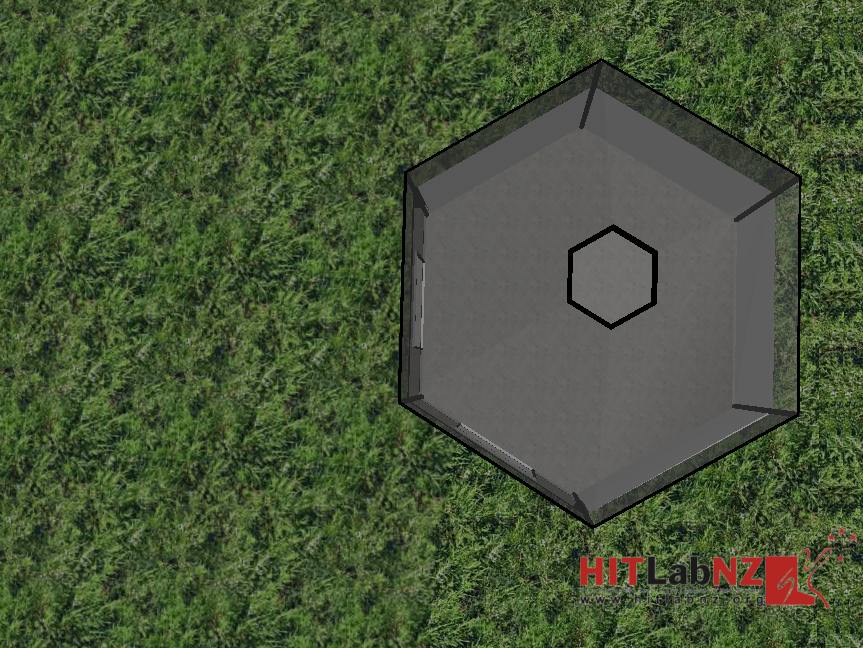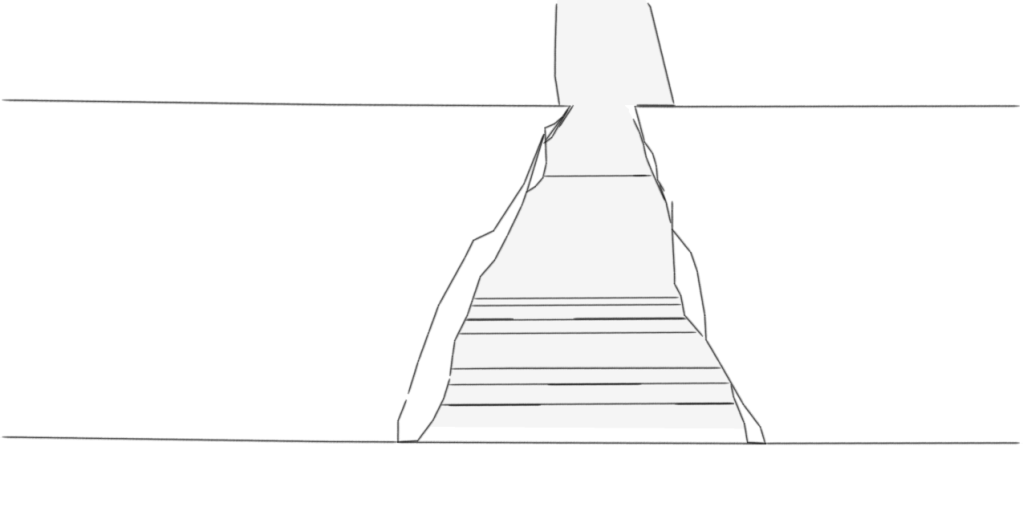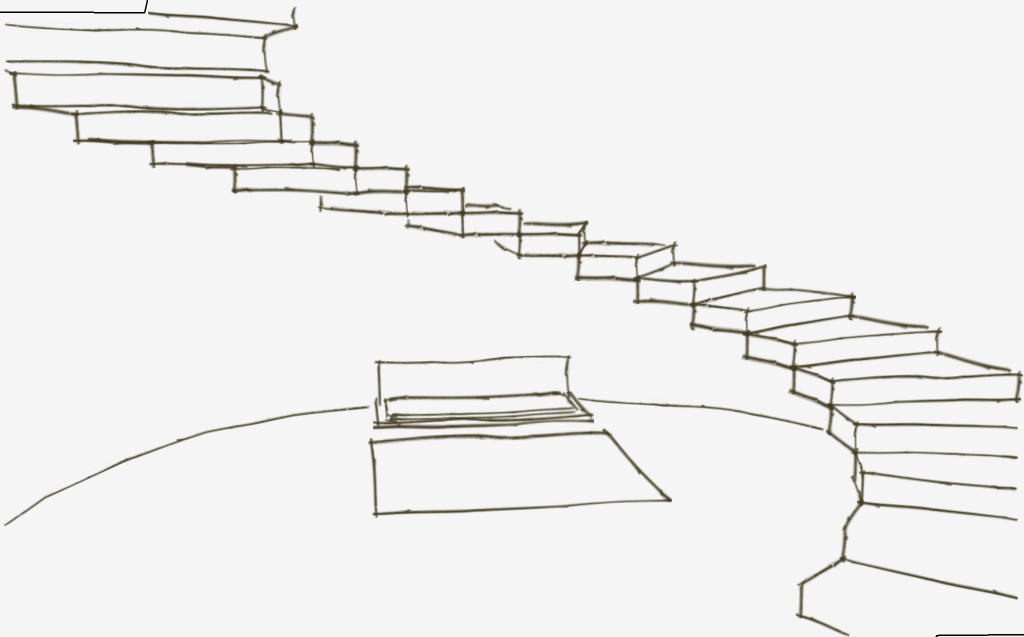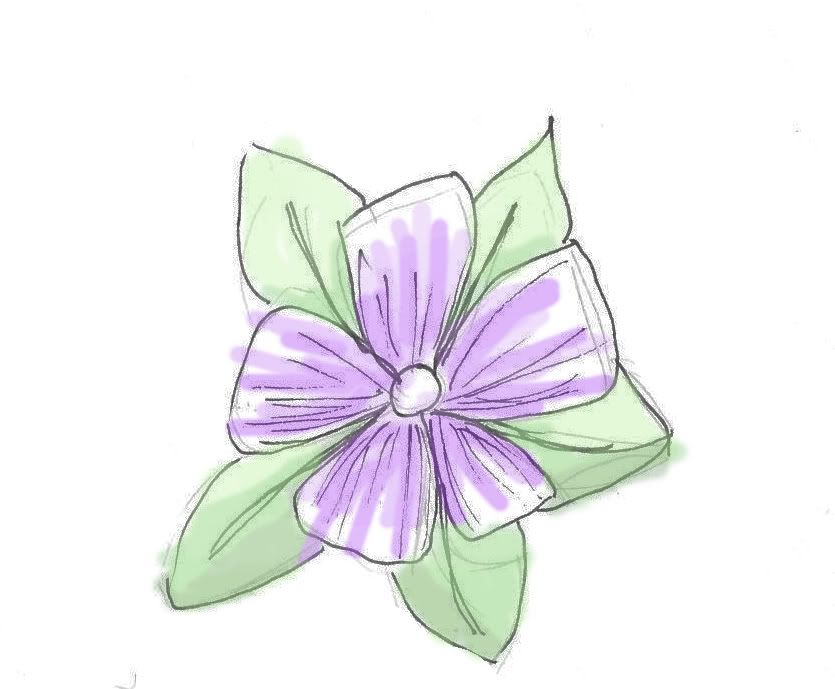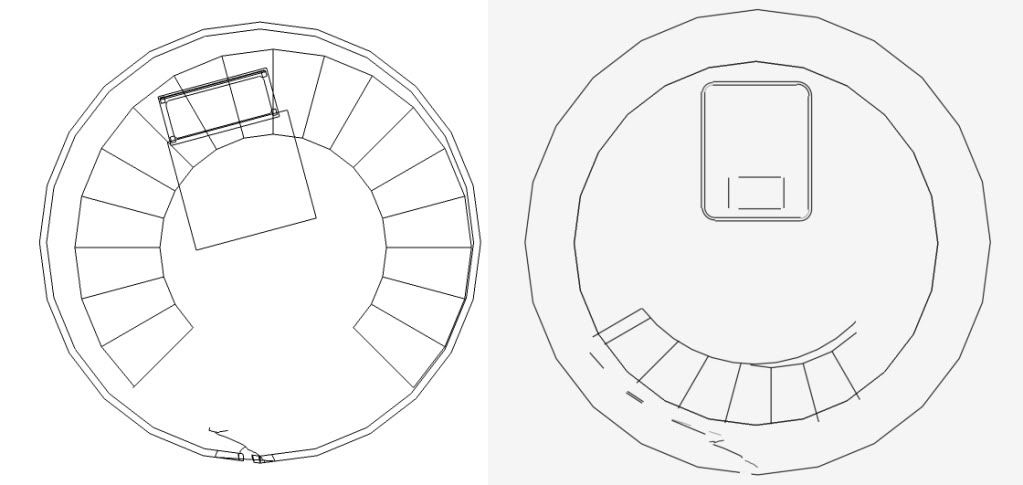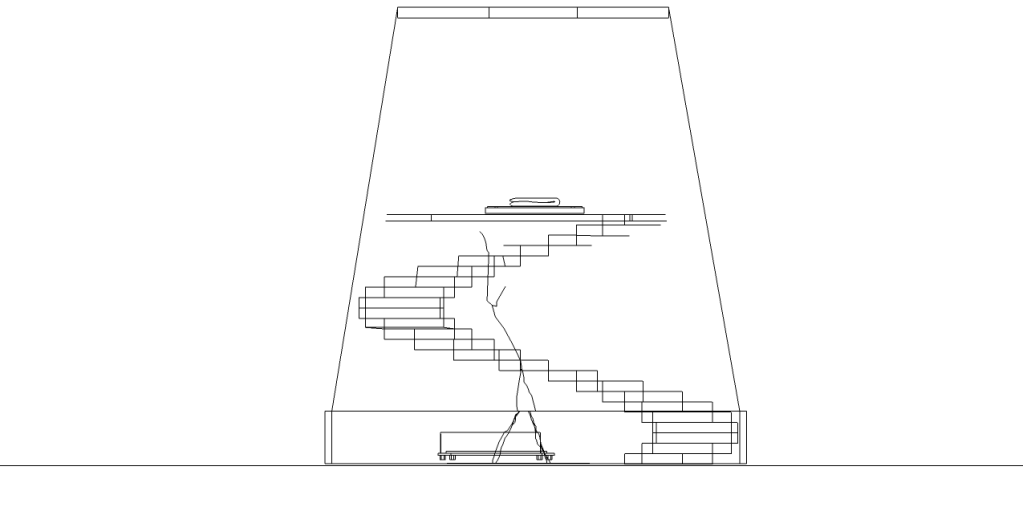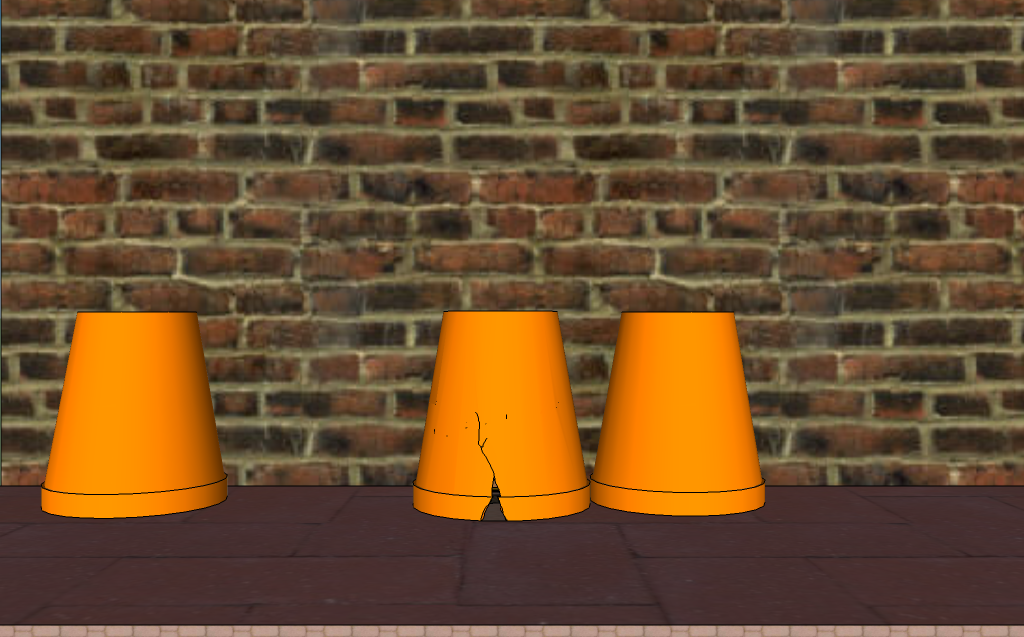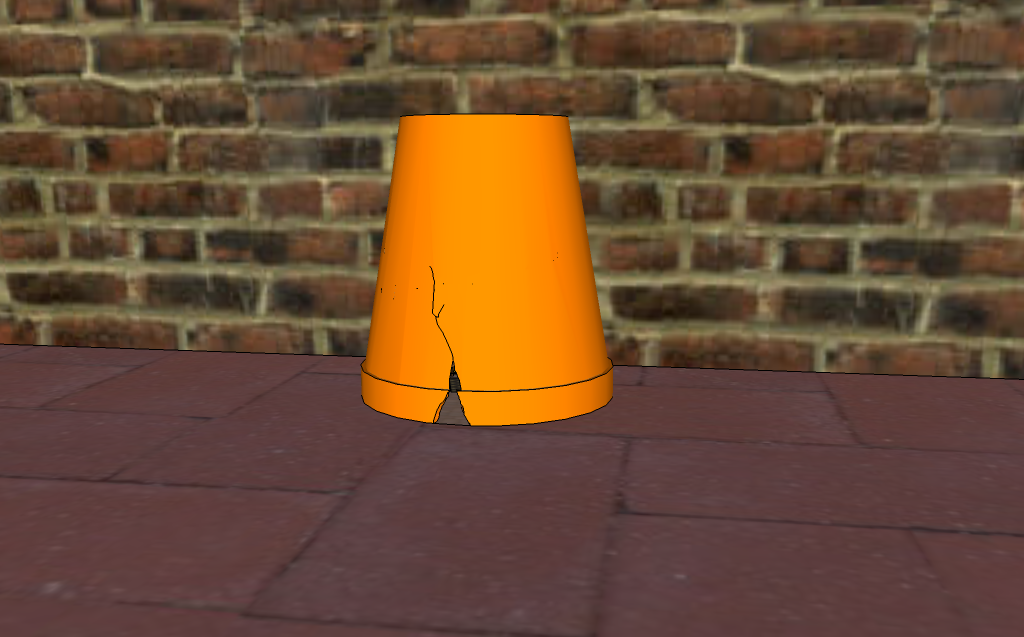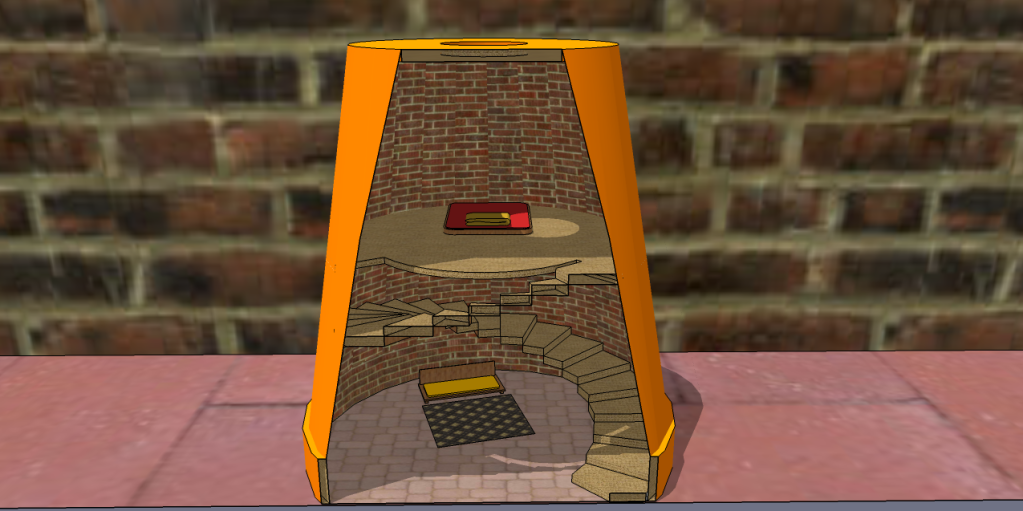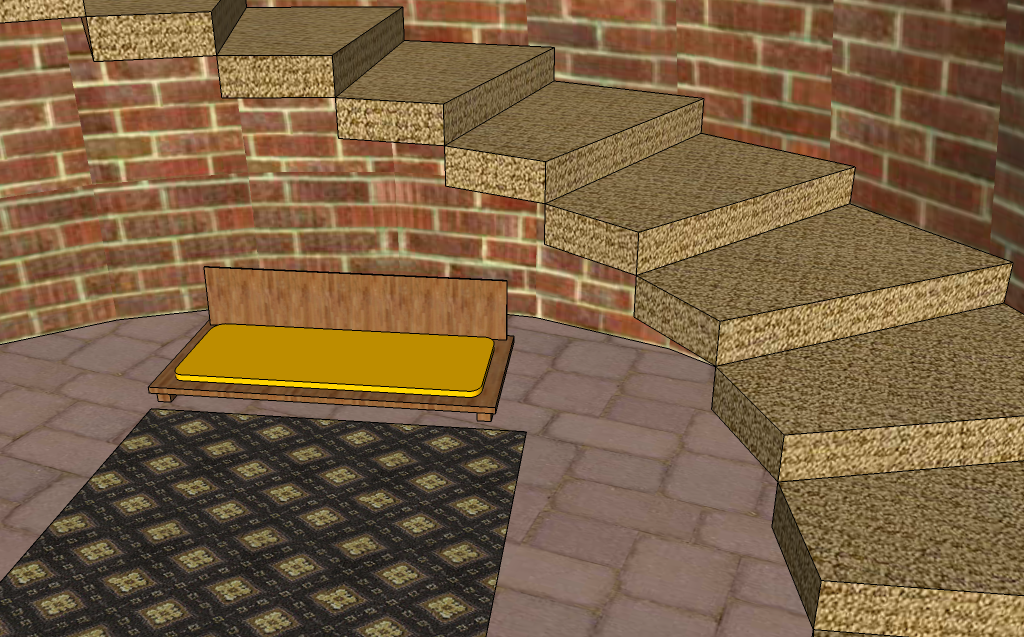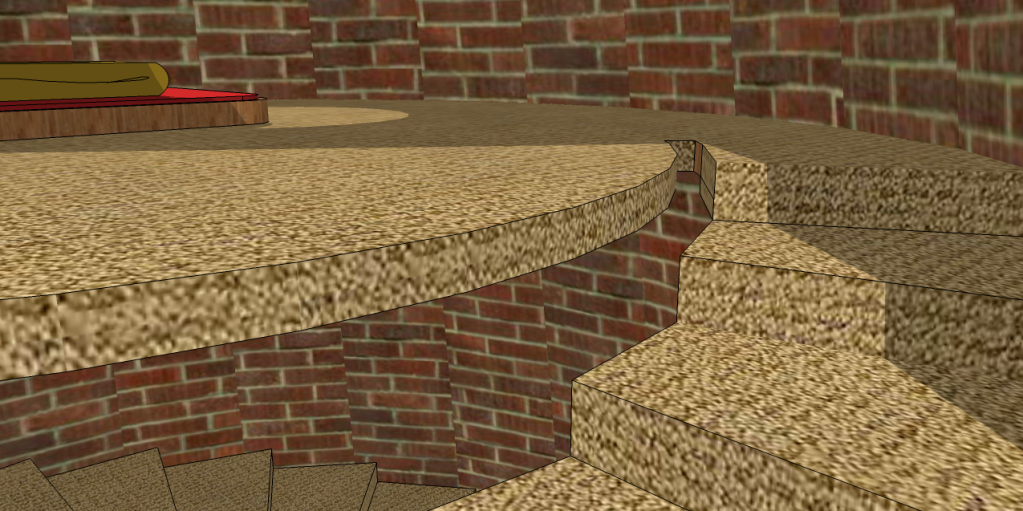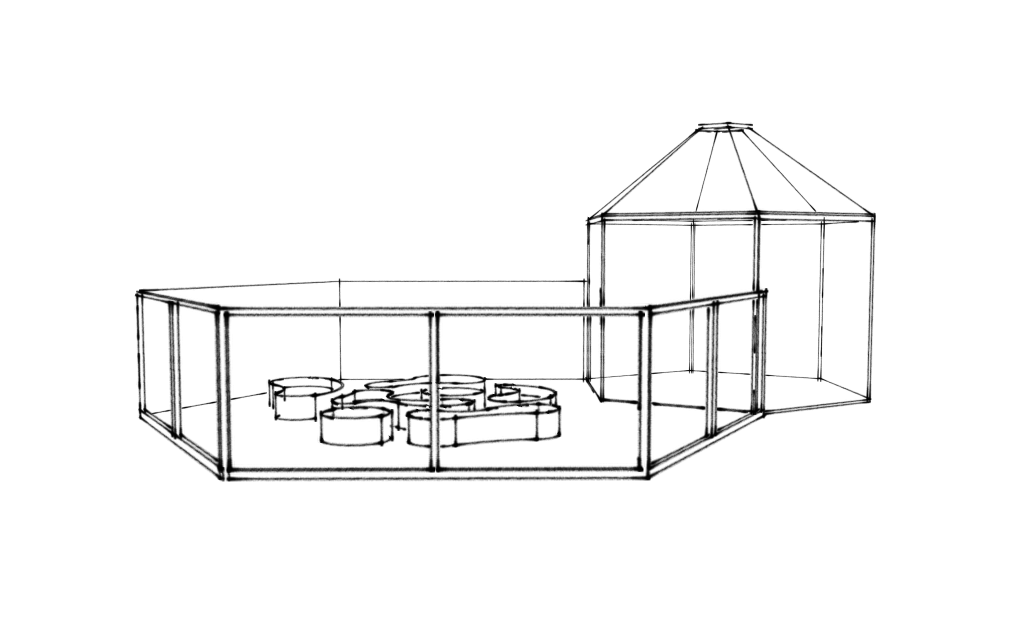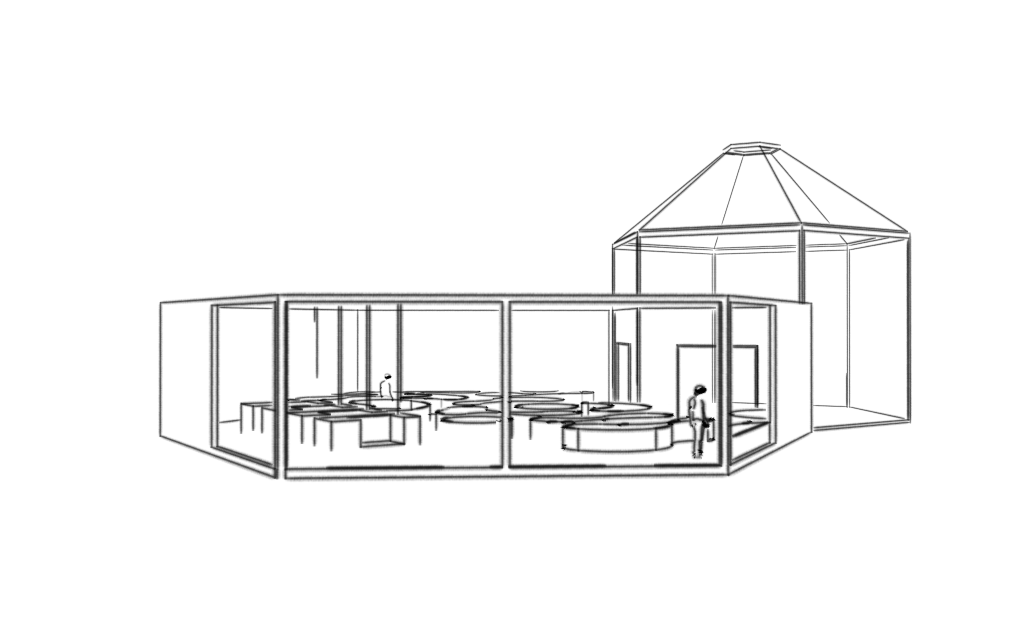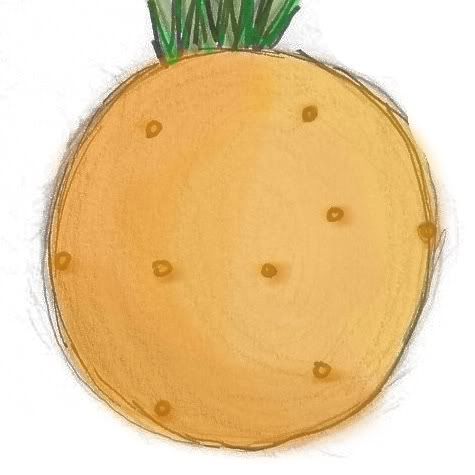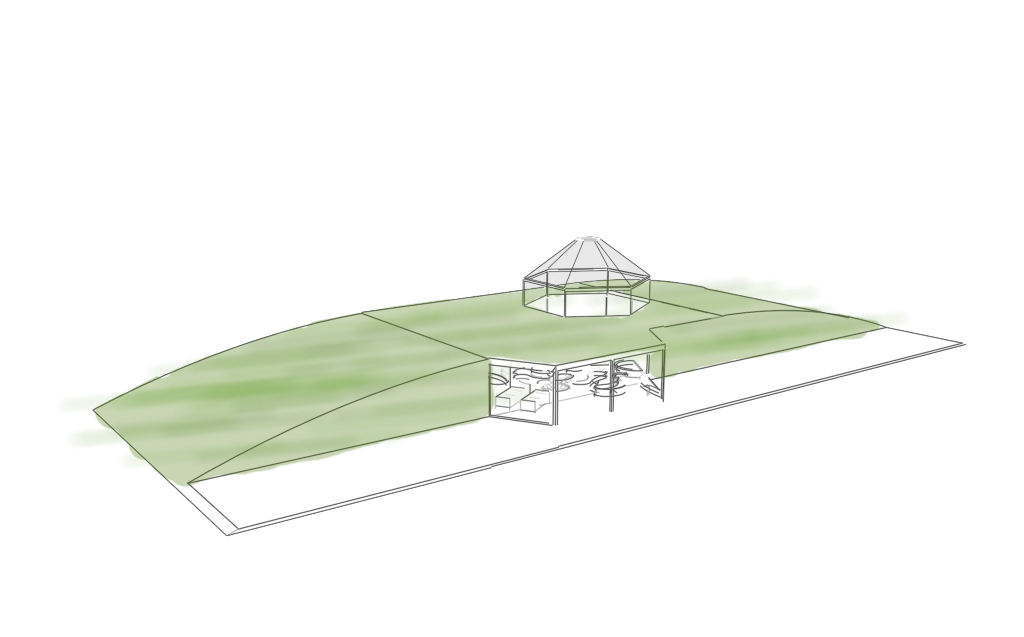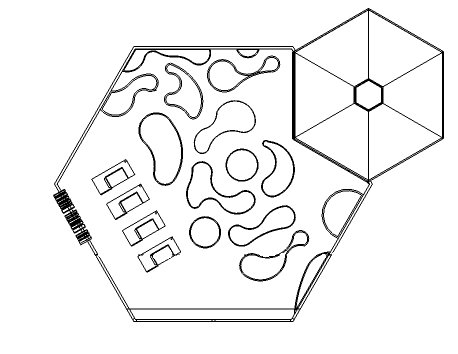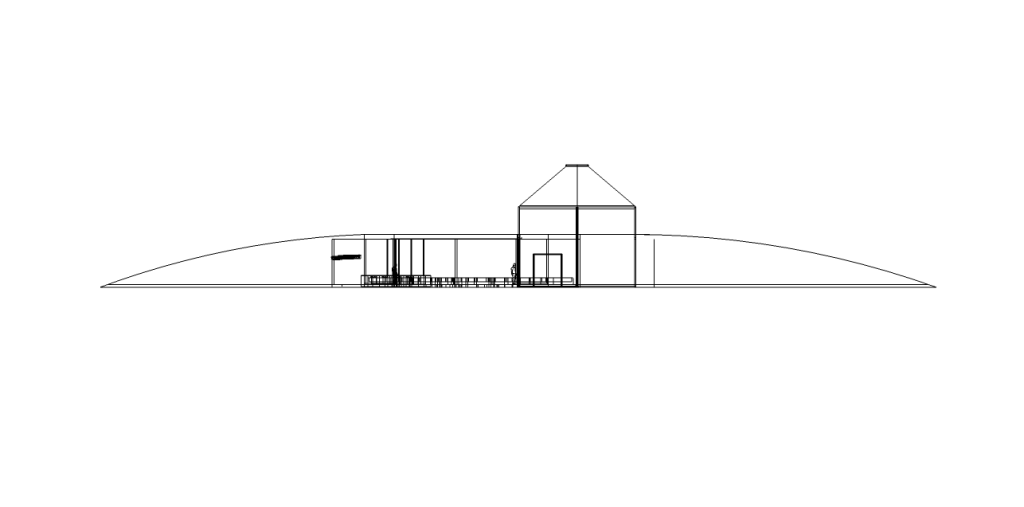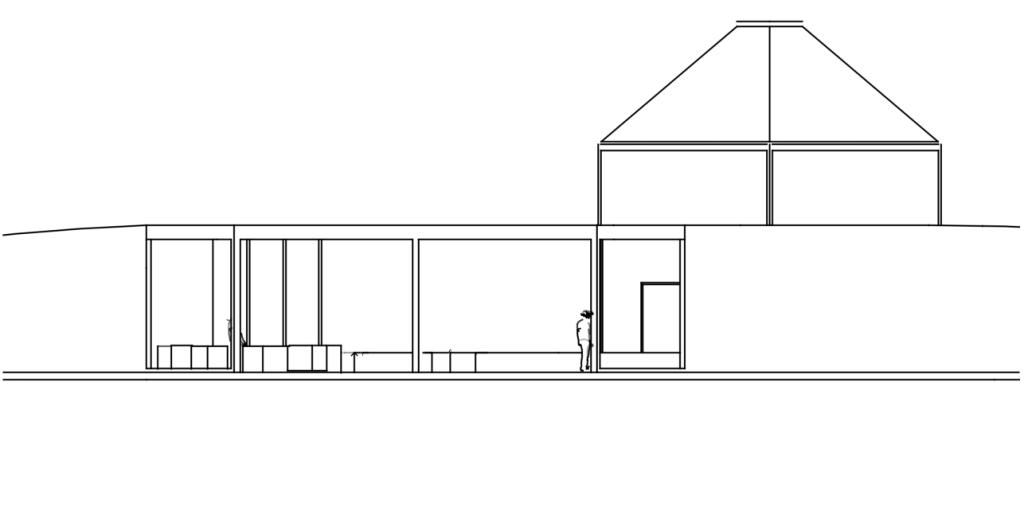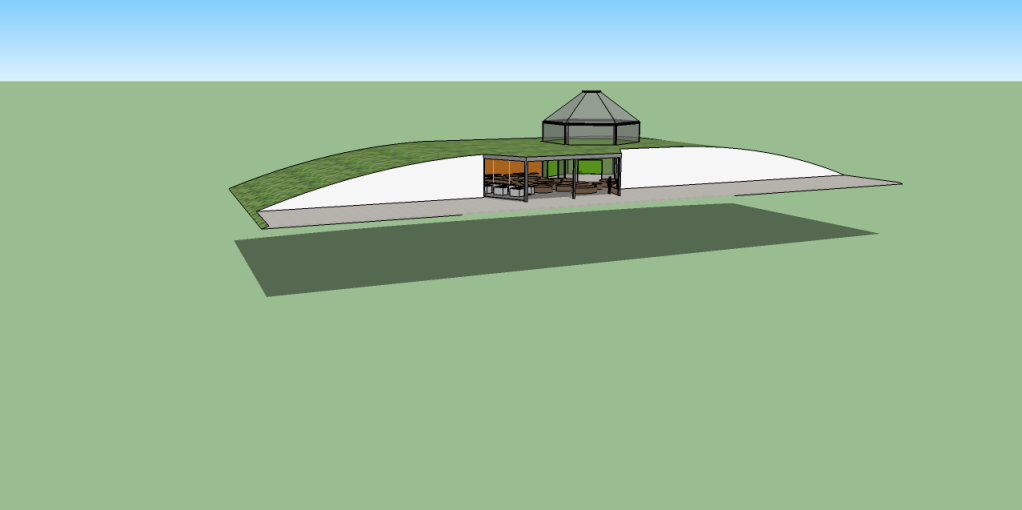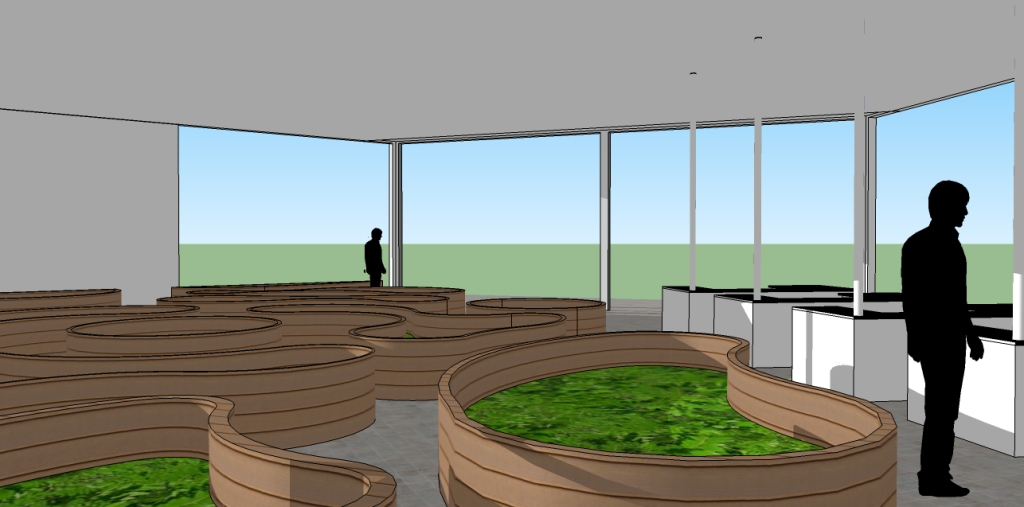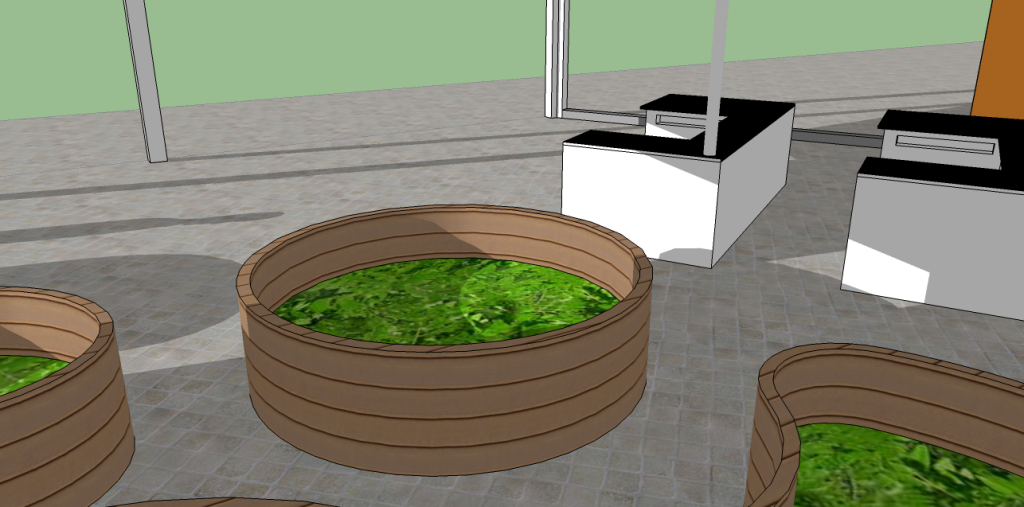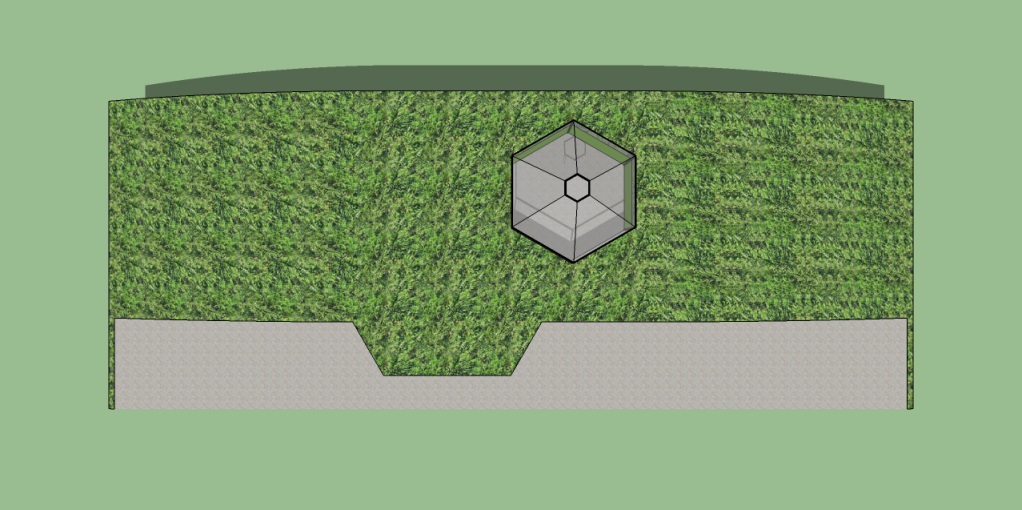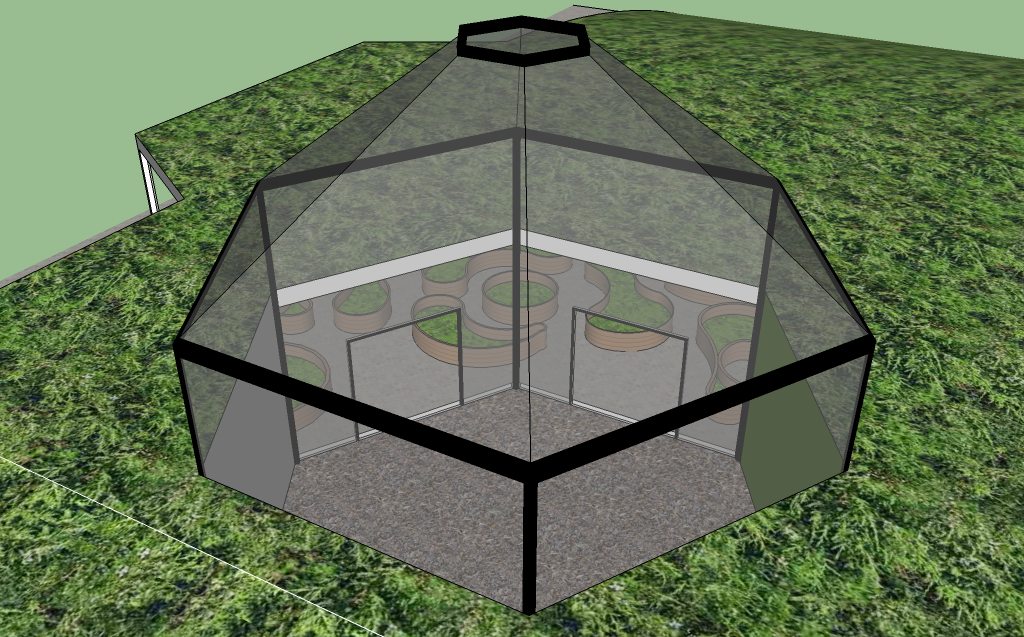KenzoTANGE
Kenzo Tange was an extremely influential architect in the modern and contemporary schools of architecture. He is globally recognised for his design of the National Gymnasium Complex for the 1964 Olympic Games and his winning design of the Peace Park and Peace Centre of Hiroshima.
He was greatly influenced by the great architect Le Corbusier and Renaissance master, Michelangelo as well as ideologies and concepts cemented in traditional Japanese architecture. Tange developed a rare ability to articulate the severe modernist materials of steel frames, concrete and glass to replicate the dignified timber-framed structures. His buildings are concerned with spatial context and the nature of urban structure. From the idea of structuralism, an interest in humanity and spatial aspects developed.
Additionally, Kenzo Tange was devoted to the movement of Functionalism, especially in regards to the Yoyogi Gymnasium. Communication between the architectural space and humanity’s interaction with the structure is an imperative quality of Tanges architectural mentality and is evident in all his work.
--> Coaldrake, W. Architecture and authority in Japan. London: Routledge, 1996. Ch 10, p 251-277
--> Kenzo Tange Associates. "Profile: History" Kenzo Tange Associates Official Site http://www.ktaweb.com/profile/en_index.html
* * * * *
YoyogiNationalGYMNASIUM
In his presentation and proposal of the Yoyogi National Gymnasium in Tokyo, Kenzo Tange amplifies the presence of organic forms and lines within the structure and also within his concept of the building. The site plan incorporates blackened sections and bold black lines to expose the organic nature of the structure. The sections of the Gymnasium also employ the use of bold lines. His sketch of the cable roof is fluid and rough further revealing the sensation of Tange’s organic forms. The presentation is exhibited in black and white prohibiting a distraction from Kenzo’s concept.
Coaldrake, W. Architecture and authority in Japan.

Coaldrake, W. Architecture and authority in Japan.
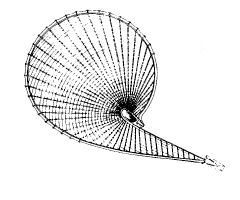
Coaldrake, W. Architecture and authority in Japan.

TokyoBAY
Like Tange's presentation of the Yoyogi National Gymnasium, his plan for Tokyo Bay employs the use of black and white photography and detailed plans. In this case, the black and white tones help to exemplify the intrinsic detail of these images. In contrast to the Gymnasium, this presentation and proposal focuses on the detail of the plan.
 from: http://www.ktaweb.com/profile/en_index.html
from: http://www.ktaweb.com/profile/en_index.html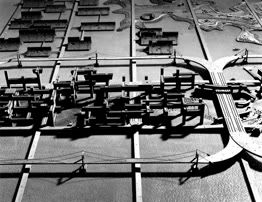 from: http://www.ktaweb.com/profile/en_index.html
from: http://www.ktaweb.com/profile/en_index.html
from: http://www.ktaweb.com/profile/en_index.html
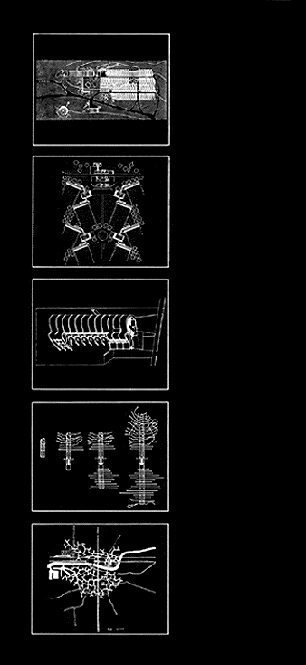 (fourth image)From: A. Lüchinger, "Structuralism in Architecture and Urban Planning", Stuttgart 1980
(fourth image)From: A. Lüchinger, "Structuralism in Architecture and Urban Planning", Stuttgart 1980

